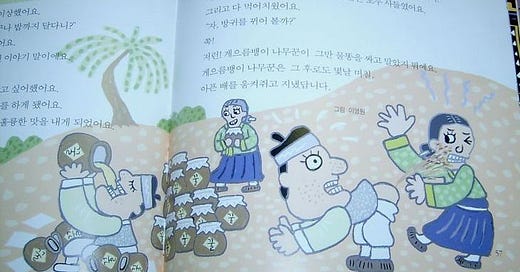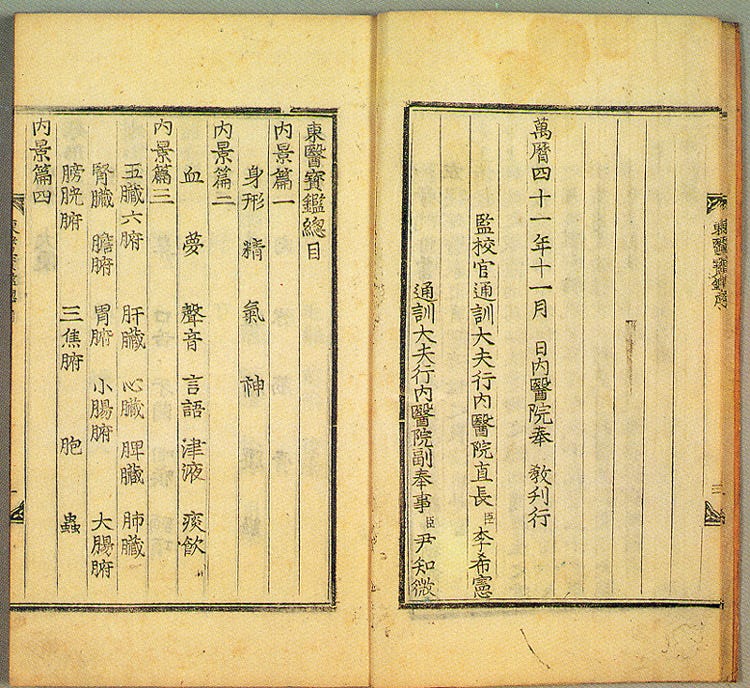Coprophagia has a long history, and can be found in some form in nearly all cultures if you track back far enough.
“Ttongsul” is a Korean rice wine mixed with fermented feces, and can still be made today; however, traditional Korean medicine has used feces as medicine for centuries. Bruising, cuts, broken bones, and epilepsy have all been cured with the use of feces throughout history. You can learn more on this documentary (unfortunately only available in Korean, but with english subtitles).
This was not uniquely Korean! In China, Korea, and Japan, as long back as the Tang dynasty, manure of various animals, including chickens, flying squirrels, bats, rabbits, sparrows and silkworms were all utilized for medicinal purposes. Equine feces have also been used since the Sengoku period.
As is common of much traditional medicine, nearly all of this knowledge was ‘wiped’ (if you’ll excuse the pun) out with the transition to so-called “modernity” — undoubtedly for little more reason than the behavior being unfortunately considered taboo and “wrong.” Untold centuries, even millennia, of knowledge has been lost in this tendency.
In modern history, Thomas Pynchon’s classic Gravity’s Rainbow and late Renaissance work The 120 Days of Sodom feature delightful scenes of coprophagia. Freud himself theorized that humans all have a coprophagic tendency as one of the necessary and natural stages of human development. (Poor parenting in this stage is considered to be the cause of the “anal-retentive” personality — not accidentally named.)
The most common dangers associated with coprophagia are the transmission of bacteria, HIV, and Hepatitis A. However, the same could be said of “traditional” sex — and nobody is letting that stop them.






why